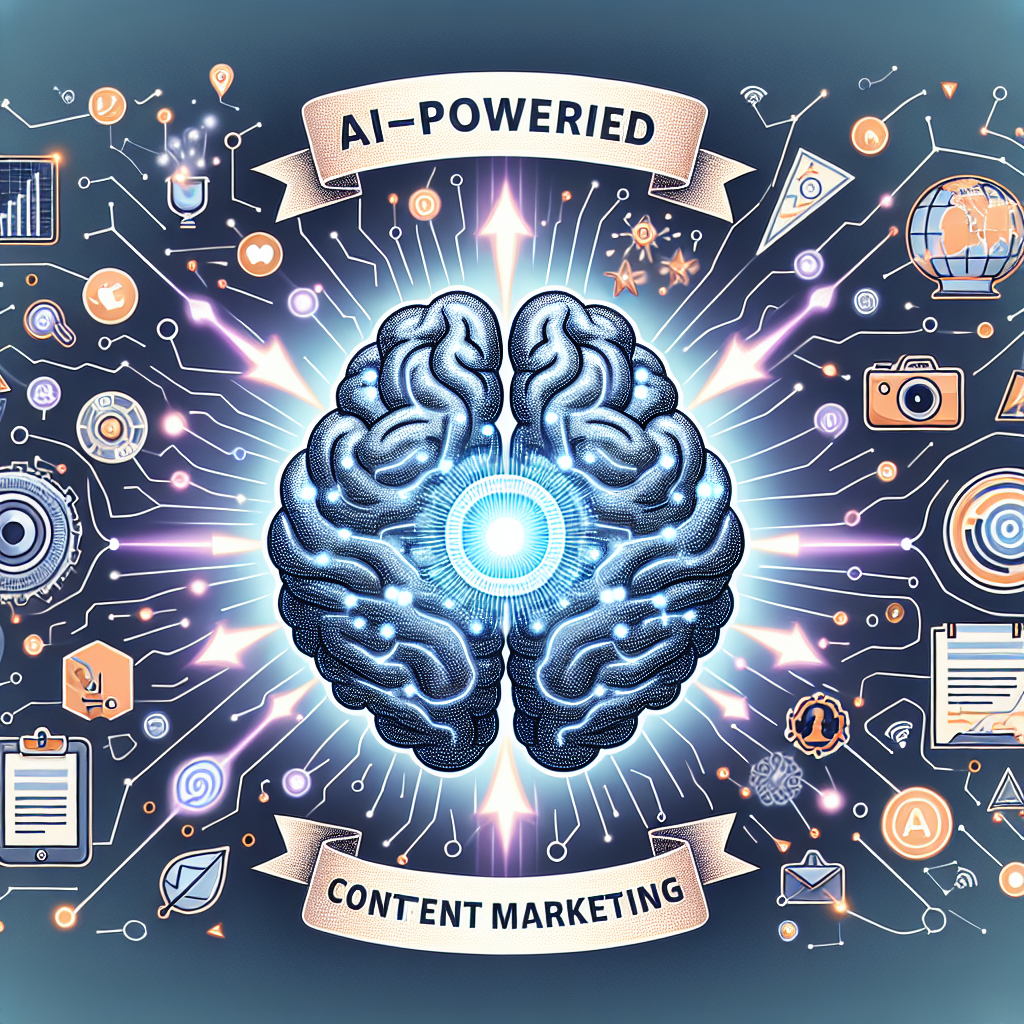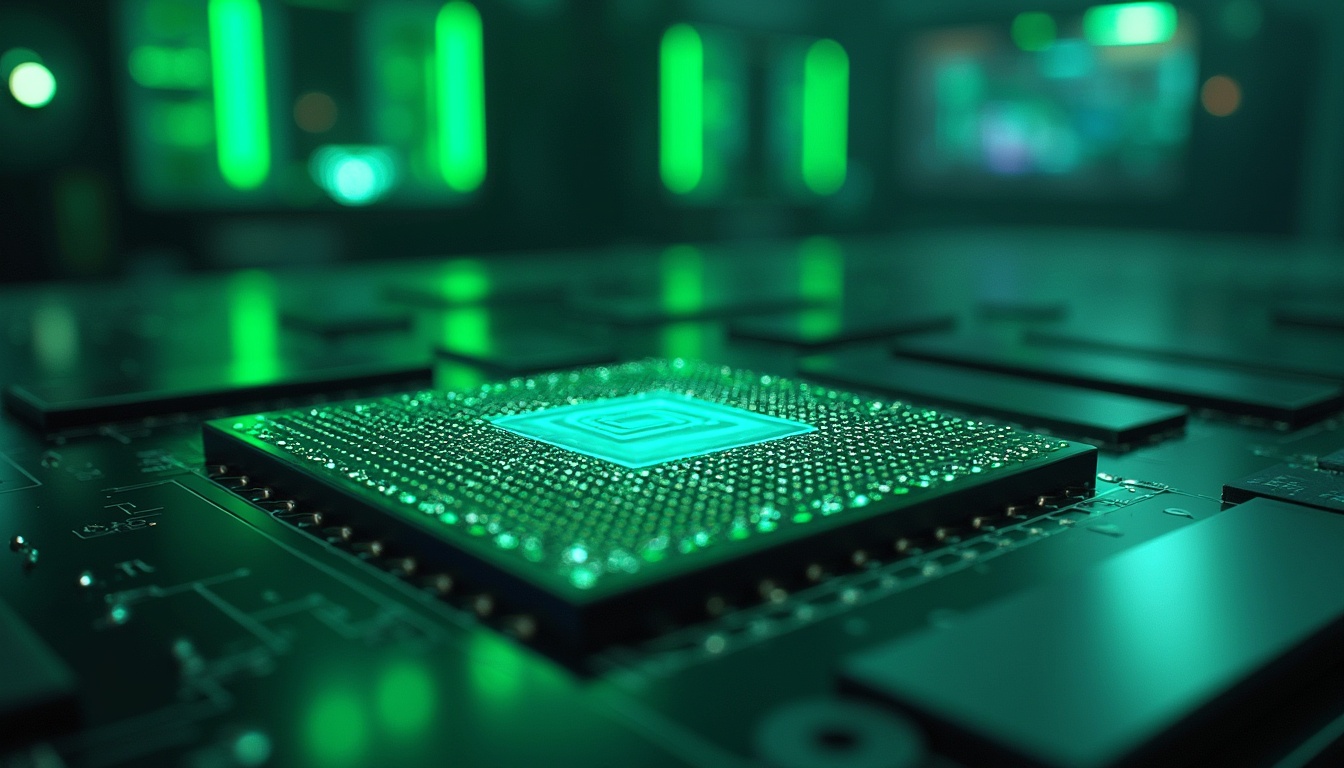Nvidia has emerged as a titan in the realm of artificial intelligence (AI), fundamentally reshaping how industries leverage technology. With its cutting-edge hardware and software solutions, Nvidia has positioned itself at the forefront of AI innovation. The company’s commitment to advancing AI capabilities has not only transformed its product offerings but has also influenced the broader tech landscape.
As organizations increasingly adopt AI to enhance efficiency and drive growth, Nvidia’s role as a leader in this space becomes ever more critical. The rise of Nvidia’s AI dominance can be attributed to its relentless pursuit of innovation and excellence. By focusing on developing powerful GPUs and sophisticated AI frameworks, Nvidia has enabled businesses to harness the full potential of AI.
This article examines the diverse aspects of Nvidia’s AI ecosystem, including its hardware innovations, software frameworks, research initiatives, industry applications, partnerships, educational efforts, ethical considerations, and competitive landscape. Try iAvva AI for free.
Key Takeaways
- Ecosystem Over Hardware: Build a defensible advantage through a network of tools, talent, and integrations that create high switching costs, not just through superior products.
- Talent as a Growth Engine: Use strategic training and coaching to turn users into advocates, embedding your solutions deeper into the market and accelerating adoption.
- Future‑Proof Through Partnerships: Collaborate with industry leaders, educators, and innovators to multiply reach, speed adoption, and strengthen resilience against disruption.
- Nvidia has established itself as a dominant force in the AI industry, with a strong focus on hardware, software, research, and applications.
- The company’s hardware innovations, such as GPUs and AI-specific chips, have set new standards for performance and efficiency in AI computing.
- Nvidia’s AI software and frameworks, including CUDA and TensorRT, have become essential tools for developers and researchers in the AI community.
- Through its research and development efforts, Nvidia continues to push the boundaries of AI technology, driving advancements in areas such as deep learning and computer vision.
- Nvidia’s AI applications span across various industries, including healthcare, automotive, and finance, demonstrating the widespread impact of its technology.
Nvidia’s AI Hardware Innovations
Nvidia’s hardware innovations have been pivotal in establishing its dominance in the AI sector. The company’s GPUs, particularly the Tesla and A100 series, are designed specifically for AI workloads, offering unparalleled performance and efficiency. These GPUs are engineered to handle massive datasets and complex computations, making them ideal for training deep learning models.
The architecture of these chips enables parallel processing, significantly accelerating the training time for AI algorithms. Moreover, Nvidia’s hardware innovations extend beyond traditional GPUs. The introduction of the Nvidia DGX systems has revolutionized how organizations approach AI development.
These systems are purpose-built for AI research and come equipped with multiple GPUs that work in tandem to deliver exceptional computational power. As a result, organizations can develop and deploy AI models faster than ever before, enabling them to stay competitive in an increasingly data-driven world.
Nvidia’s AI Software and Frameworks

In addition to its hardware advancements, Nvidia has made significant strides in developing software and frameworks that facilitate the development of AI. The NVIDIA CUDA platform enables developers to harness the power of GPUs for general-purpose computing, facilitating the implementation of complex algorithms. This platform has become a cornerstone for many AI applications, enabling researchers and engineers to optimize their code for maximum performance.
Furthermore, Nvidia’s deep learning framework, TensorRT, is designed to optimize neural network models for inference. This framework allows organizations to deploy AI models efficiently across various platforms, from data centers to edge devices. By providing tools that streamline the development process, Nvidia empowers businesses to integrate AI into their operations seamlessly.
Nvidia’s AI Research and Development
| Metrics | Data |
|---|---|
| Number of AI research projects | Over 100 |
| Investment in AI R&D | Billions of dollars |
| Number of AI researchers and engineers | Thousands |
| AI patents filed | Hundreds |
Nvidia’s commitment to research and development is a key driver of its success in the AI domain. The company invests heavily in exploring new algorithms, architectures, and applications of AI technology. Through its research initiatives, Nvidia aims to push the boundaries of what is possible with AI, addressing challenges such as scalability, efficiency, and interpretability.
One notable example of Nvidia’s research efforts is its work on generative adversarial networks (GANs). These networks have gained significant attention for their ability to generate realistic images and videos. By advancing GAN technology, Nvidia is not only enhancing the capabilities of AI but also opening new avenues for creative applications in fields such as entertainment and design.
Nvidia’s AI Applications in Various Industries
Nvidia’s AI technologies have found applications across a wide range of industries, demonstrating their versatility and impact. In healthcare, for instance, Nvidia’s AI solutions are being utilized to analyze medical images and support diagnostic processes. By leveraging deep learning algorithms, healthcare professionals can identify conditions such as tumors with greater accuracy and speed.
In the automotive sector, Nvidia’s AI technology powers advanced driver-assistance systems (ADAS) and autonomous vehicles. The company’s Drive platform integrates AI capabilities to enable features such as lane-keeping assistance and automatic emergency braking. As the automotive industry continues to evolve towards automation, Nvidia’s contributions are crucial in ensuring safety and reliability.
Nvidia’s AI Partnerships and Collaborations

Nvidia recognizes that collaboration is essential for driving innovation in the AI space. The company has formed strategic partnerships with leading organizations across various sectors to accelerate the development and deployment of AI solutions. For example, collaborations with major cloud service providers enable businesses to access Nvidia’s powerful GPUs through cloud platforms, making advanced AI capabilities more accessible.
Additionally, Nvidia partners with academic institutions and research organizations to foster knowledge sharing and drive advancements in AI research. These collaborations not only enhance Nvidia’s technological capabilities but also contribute to the broader AI ecosystem by nurturing talent and promoting best practices.
Nvidia’s AI Training and Education Initiatives
As a leader in the AI field, Nvidia is committed to empowering the next generation of AI professionals through training and education initiatives. The company offers a range of resources, including online courses, workshops, and certification programs designed to equip individuals with the skills needed to excel in AI development. Nvidia’s Deep Learning Institute (DLI) provides hands-on training that covers various aspects of AI, from foundational concepts to advanced techniques.
By offering these educational opportunities, Nvidia aims to bridge the skills gap in the workforce and ensure that organizations have access to qualified talent capable of driving AI initiatives forward.
Nvidia’s AI Ethical Considerations
With great power comes great responsibility, and Nvidia is acutely aware of the ethical implications surrounding AI technology. The company actively engages in discussions about responsible AI development and deployment, emphasizing the importance of transparency, fairness, and accountability in AI systems. Nvidia has established guidelines for ethical AI practices and encourages developers to consider the societal impact of their work.
By prioritizing ethical considerations, Nvidia aims to build trust in AI technologies and ensure that they are used for the benefit of all.
Nvidia’s AI Impact on the Future of Technology
Nvidia’s influence on the future of technology is undeniable. As industries increasingly adopt AI solutions powered by Nvidia’s innovations, we can expect significant transformations across various sectors. From enhancing productivity in manufacturing to revolutionizing customer experiences in retail, the potential applications of AI are vast.
Moreover, as Nvidia continues to push the boundaries of what is possible with AI, we can anticipate breakthroughs that will reshape our understanding of intelligence itself. The company’s ongoing research efforts may lead to advancements that enable machines to learn more like humans, opening new frontiers in cognitive computing.
Nvidia’s AI Competition and Market Position
While Nvidia enjoys a dominant position in the AI market, it faces competition from other tech giants seeking to carve out their share of this lucrative space. Companies like Google, Microsoft, and AMD are investing heavily in their own AI technologies and solutions. However, Nvidia’s comprehensive ecosystem—encompassing hardware, software, research, and education—gives it a competitive edge.
Nvidia’s ability to innovate rapidly while maintaining a strong focus on customer needs has solidified its market position. As organizations increasingly recognize the value of integrating AI into their operations, Nvidia is well-positioned to remain a leader in this dynamic landscape.
Nvidia’s Continued Leadership in AI
In conclusion, Nvidia’s dominance in the field of artificial intelligence is a testament to its unwavering commitment to innovation and excellence. Through its groundbreaking hardware innovations, robust software frameworks, extensive research initiatives, diverse industry applications, strategic partnerships, educational efforts, ethical considerations, and competitive positioning, Nvidia has established itself as a leader in the AI space. As we look toward the future, it is clear that Nvidia will continue to play a pivotal role in shaping the trajectory of technology through its advancements in artificial intelligence.
By empowering organizations with powerful tools and resources, Nvidia is not only driving progress but also inspiring a new generation of innovators who will carry the torch forward into an exciting era of technological advancement.
Nvidia’s dominance in AI hardware isn’t just about silicon; it extends to a comprehensive ecosystem that includes software, partnerships, and a strategic vision for the future of technology. This holistic approach ensures that Nvidia remains at the forefront of AI advancements, providing robust solutions that cater to the evolving needs of various industries. As we explore the technological landscape, it’s essential to consider how other innovations, such as 5G, are shaping our world. For a deeper understanding of how 5G technology is impacting society, you can read more in this related article. This piece explores the transformative potential of 5G, highlighting its role in enhancing connectivity and driving the development of new applications that complement advancements in AI and other cutting-edge technologies.
FAQs
What is Nvidia’s dominance in AI hardware?
Nvidia’s dominance in AI hardware refers to the company’s leading position in providing hardware solutions for artificial intelligence applications. This includes the development of high-performance GPUs (Graphics Processing Units) that are widely used for AI training and inference tasks.
What sets Nvidia apart in the AI hardware market?
Nvidia’s dominance in AI hardware is not just about its silicon (GPU) technology, but also its comprehensive software and ecosystem support. The company offers a range of software tools, libraries, and frameworks that are optimized for AI workloads, making it a preferred choice for AI developers and researchers.
How does Nvidia’s hardware contribute to AI advancements?
Nvidia’s hardware, particularly its GPUs, are known for their parallel processing capabilities, which are well-suited for the highly parallel nature of AI workloads. This enables faster training of AI models and efficient execution of AI algorithms, contributing to advancements in AI research and applications.
What impact does Nvidia’s dominance in AI hardware have on the industry?
Nvidia’s dominance in AI hardware has significantly influenced the AI industry by driving innovation and accelerating the development and deployment of AI technologies. Its hardware solutions have become foundational components in many AI systems across various domains, including healthcare, autonomous vehicles, and natural language processing.
How does Nvidia’s hardware support continuous integration and seamless deployment in WordPress or WP Auto?
Nvidia’s hardware, when integrated with WordPress or WP Auto, provides a seamless platform for deploying AI-powered features and functionalities. Its high-performance GPUs enable efficient processing of AI workloads, ensuring smooth integration and continuous operation within the WordPress environment without compromising on performance or integrity.










Leave a Reply